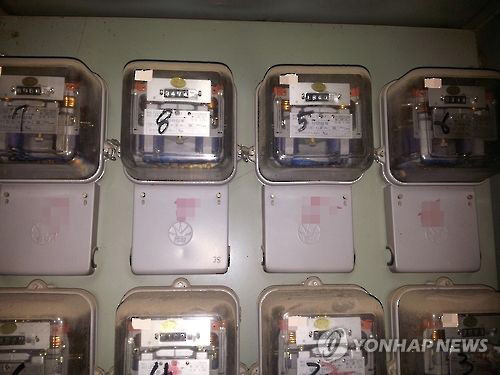‘De-nuclearazitation’-Electricity fee to go up 60% by 2030
[ Park Byung Rib riby@ ] | 2017-12-15 09:41:52
[Photo] YONHAPNEWS
It is expected that electricity tariffs will rise by more than 60% by 2030 by the Korean government`s policy of de-nuclearization.
The Ministry of Commerce, Industry and Energy has announced the "Eighth Basic Plan for Electricity Supply and Demand", which will include the electricity supply and demand forecasts and the electric power facility plan from 2017 to 2031, on December 14.
The Ministry of Industry is expected to raise electricity tariffs by 1.3% by 2022 even if power generation of nuclear power plants and coal power plants with relatively low fuel costs are reduced and LNG with high fuel costs and renewable power generation are increased. Except for the fuel cost and price hikes, the electricity rate is expected to increase by 10.9% until 2030. In the past 13 years, the rate of increase is lower than 13.9 %.
However, electricity rates have increased by 68% over the past 13 years based on fuel costs and price hikes. Likewise, the actual electricity bill in 2030, which is 13 years later, can also rise by more than 60%. Fuel cost indexing system, which reflects fluctuations in fuel costs, is being implemented when calculating current electricity rates. Even so, it is pointed out that it is wrong to calculate future electricity rate increase rate excluding fuel cost.
Besides, it is pointed out that the annual rate increase rate should be reflected until 2030 to raise the electricity rate that the citizens can experience.
The Ministry of Industry predicted that the monthly average rate of 350KWh of 4-person households would rise from KRW 55,000 this year to KRW 55,520 by 2030, assuming fuel cost and inflation are unchanged and the cost of new and renewable generation is 35.5%, which is a computation that is not realistic at all.
Meanwhile, the government forecasts electric power demand to be 100.5 GW in 2030. This is 12.7GW less than the 7th power supply plan. In 2030, the appropriate capacity was 122.6 GW and the reserve ratio was 22%.
According to the 8th plan, the size of nuclear power plants will be reduced from 22.5GW in 24th to 20.4GW in 1830. Wolsong Unit 1 decided to decide when to close in the first half of next year. The scale of the coal-fired power plant will also decrease from 36.8GW in the year 61 to 39.9GW in 2030-57.
Dangjin Eco, Taean 1 & 2, Samchonpo 3 & 4, etc. 6 power plants that were originally intended to be built with coal-fired power will be converted to LNG power plants. The size of new and renewable facilities will increase from 11.3GW this year to 58.5GW in 2030 and LNG generation facilities will increase from 37.4GW to 47.5GW this year. Accordingly, the proportion of power generation in 2030 is 23.9% for nuclear power plants, 36.1% for coal, 18.8% for LNG, 20.0% for renewable energy, and 1.1% for others. The Ministry of Industry is expected to finalize the 8th plan through a public hearing on the 26th and a council on power policy on December 29.
By Park Byung Rib riby@



